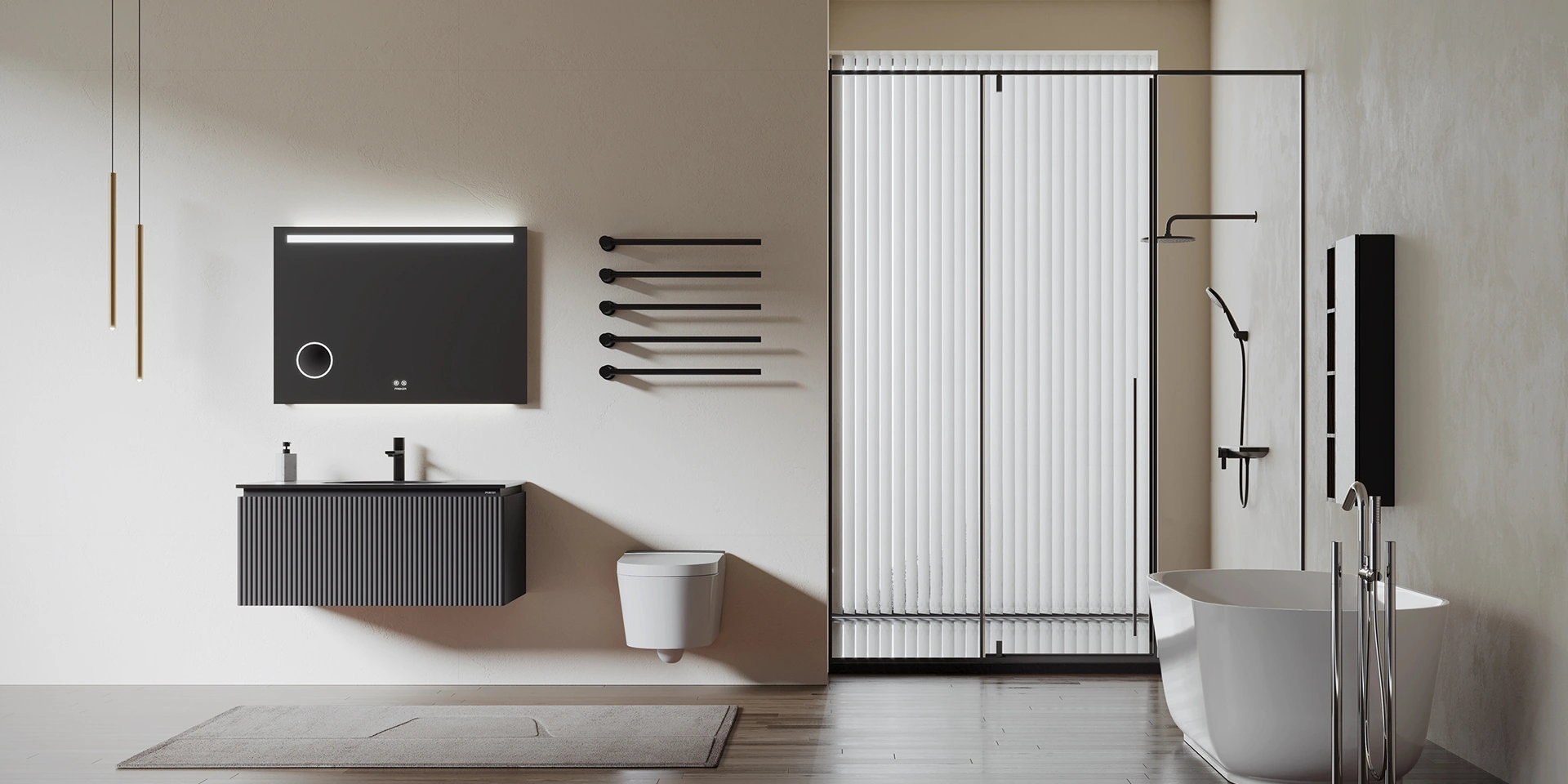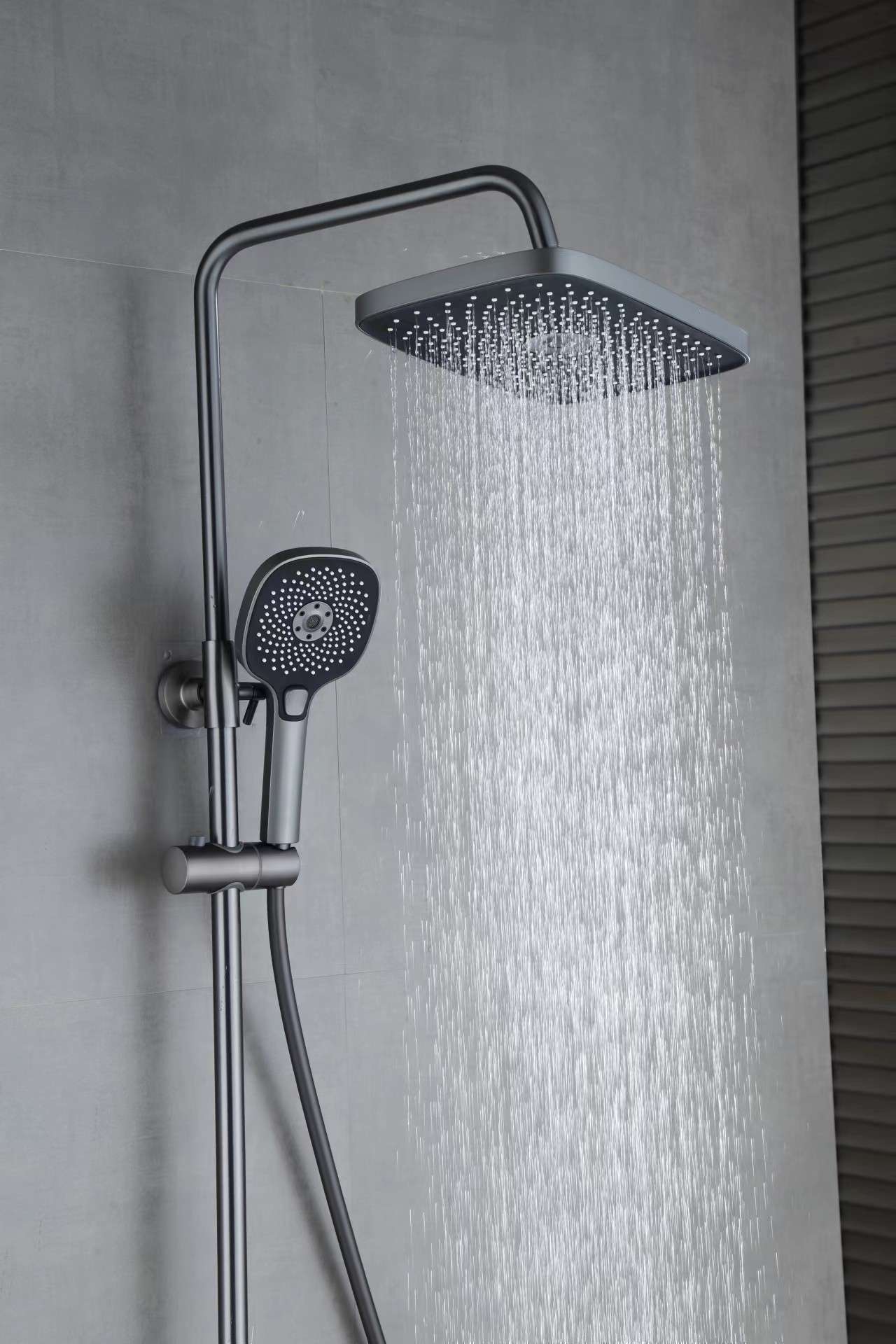Butyl Sealant Strip Innovations: Redefining the Standard for Industrial Sealing
Release time:
2024-08-11
Butyl Sealant Strip Innovations: Redefining the Standard for Industrial Sealing
Table of Contents
1. Introduction to Butyl Sealant Strips
2. Understanding the Composition of Butyl Sealant Strips
3. The Evolution of Butyl Sealant Technology
4. Key Innovations in Butyl Sealant Strips
4.1 Enhanced Adhesion Properties
4.2 Improved Weather Resistance
4.3 Eco-Friendly Formulations
4.4 Versatile Application Methods
5. Applications of Butyl Sealant Strips in Various Industries
6. Comparing Butyl Sealant Strips with Other Sealing Materials
7. Future Trends in Butyl Sealant Strip Innovations
8. Frequently Asked Questions (FAQs)
9. Conclusion
1. Introduction to Butyl Sealant Strips
Butyl sealant strips have become a cornerstone of industrial sealing solutions due to their unique properties and versatility. Originally developed in the 1930s, butyl rubber is a synthetic rubber that exhibits excellent sealing capabilities, making it particularly valuable in diverse applications. As industries evolve and demand for higher efficiency and durability increases, innovations in butyl sealant technology have emerged to meet these challenges head-on.
2. Understanding the Composition of Butyl Sealant Strips
Butyl sealant strips are primarily composed of polyisobutylene, a type of polymer known for its exceptional adhesive properties and resistance to weathering. The composition is formulated to create a flexible, durable barrier that can withstand varying temperatures, moisture levels, and mechanical stress. This unique combination of materials allows butyl sealant strips to excel in applications ranging from construction to automotive assembly.
3. The Evolution of Butyl Sealant Technology
The journey of butyl sealant technology has been marked by continuous improvements in formulation and application techniques. Initially used in roofing and glazing, advances in polymer science and manufacturing processes have expanded the use of butyl sealant strips into numerous sectors. Today, industries are benefitting from next-generation innovations that enhance performance and sustainability.
4. Key Innovations in Butyl Sealant Strips
Recent developments in butyl sealant strips focus on improving their functional properties. The following innovations have redefined the standards for industrial sealing:
4.1 Enhanced Adhesion Properties
One of the most significant advancements in butyl sealant strips is the enhancement of adhesion properties. New formulations have been developed to adhere better to a variety of surfaces, including metals, plastics, and glass. This improvement minimizes the risk of seal failure, ensuring long-lasting performance in critical applications.
4.2 Improved Weather Resistance
Weather resistance is crucial for industrial sealing applications, particularly in outdoor environments. Modern butyl sealant strips are engineered to resist UV radiation, extreme temperatures, and moisture, allowing them to maintain integrity and performance over extended periods.
4.3 Eco-Friendly Formulations
As sustainability becomes a priority for industries worldwide, eco-friendly formulations of butyl sealant strips have gained traction. These new products are designed to minimize environmental impact by using non-toxic materials and reducing waste during application. This move toward greener solutions not only benefits the planet but also aligns with regulatory requirements.
4.4 Versatile Application Methods
Innovations in application techniques have made it easier and more efficient to utilize butyl sealant strips. From adhesive-backed strips that allow for quick installation to advanced extruding methods that ensure uniform application, these innovations contribute to streamlined workflows and reduced labor costs.
5. Applications of Butyl Sealant Strips in Various Industries
Butyl sealant strips are versatile and find applications across multiple industries, including:
- **Construction**: Used for roofing, window installation, and insulation, providing reliable waterproofing and thermal protection.
- **Automotive**: Essential in vehicle assembly for sealing joints and preventing water ingress, enhancing durability and safety.
- **HVAC**: Utilized in duct sealing to improve energy efficiency and prevent air leaks.
- **Manufacturing**: Employed in various products, including appliances and electronics, for effective sealing and insulation.
The adaptability of butyl sealant strips makes them invaluable in these sectors, optimizing performance and longevity.
6. Comparing Butyl Sealant Strips with Other Sealing Materials
When evaluating sealing solutions, it is essential to compare butyl sealant strips with alternatives such as silicone, polyurethane, and acrylic sealants.
- **Silicone Sealants**: While silicone offers excellent flexibility and temperature resistance, butyl strips provide superior adhesion and moisture resistance.
- **Polyurethane Sealants**: Polyurethane is known for its durability, but it may not adhere as well to certain surfaces compared to butyl sealants.
- **Acrylic Sealants**: Acrylics are often easier to apply but typically lack the long-term durability and weather resistance of butyl.
In many cases, butyl sealant strips offer a balanced combination of adhesion, flexibility, and weathering resistance that makes them a preferred choice for industrial applications.
7. Future Trends in Butyl Sealant Strip Innovations
As industries continue to innovate, the future of butyl sealant strips looks promising. Key trends include:
- **Smart Sealants**: The integration of sensors into sealant strips to monitor seal integrity and environmental conditions.
- **Advanced Customization**: Tailoring formulations to meet specific industry requirements, including varying elasticity and temperature tolerance.
- **Increased Automation**: The use of robotics and automated systems for applying sealant strips, reducing labor costs and improving precision.
These trends indicate a shift toward more intelligent and efficient sealing solutions that will further solidify the role of butyl sealant strips in industrial applications.
8. Frequently Asked Questions (FAQs)
What are the main benefits of using butyl sealant strips?
Butyl sealant strips offer excellent adhesion, weather resistance, and flexibility, making them ideal for various industrial applications.
How long do butyl sealant strips last?
The longevity of butyl sealant strips depends on environmental conditions and application methods, but they are designed for extended service life, often exceeding 10 years.
Can butyl sealant strips be applied in extreme temperatures?
Yes, butyl sealant strips can perform well in a wide range of temperatures, maintaining their integrity in both high and low-temperature environments.
Are butyl sealant strips eco-friendly?
Many manufacturers are now producing eco-friendly butyl sealant strips that minimize environmental impact through the use of non-toxic materials.
What surfaces can butyl sealant strips adhere to?
Butyl sealant strips can adhere to a variety of surfaces, including metal, glass, wood, and plastics, making them highly versatile for industrial applications.
9. Conclusion
In the quest for superior industrial sealing solutions, **butyl sealant strip innovations** have emerged as a game-changer. With advancements in adhesion, weather resistance, and sustainability, these products are redefining the standards for sealing applications across diverse industries. As we look to the future, the ongoing evolution of butyl sealant technology promises even greater enhancements that will continue to benefit manufacturers and end-users alike. Embracing these innovations not only leads to improved performance but also positions industries to meet the challenges of tomorrow.
Related News
Share
 Ruigad@Ruigad.com
Ruigad@Ruigad.com
 0592-6363076
0592-6363076








